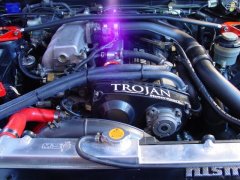This Is How To Measure Your Car For New Wheels
Announcements
-
Similar Content
-
Latest Posts
-
By Dose Pipe Sutututu · Posted
The last few photos nearly look like rust from the motor sitting around for ages, however I'm semi colour blind so that doesn't help lol. -
Oh, that's grim. Something bad has been happening there.
-
Put an endoscope down the hole and saw this. Not quite all around the bore but a good 60% at least. Chin to the chest and towards further disappointments I guess.
-







Recommended Posts
Create an account or sign in to comment
You need to be a member in order to leave a comment
Create an account
Sign up for a new account in our community. It's easy!
Register a new accountSign in
Already have an account? Sign in here.
Sign In Now